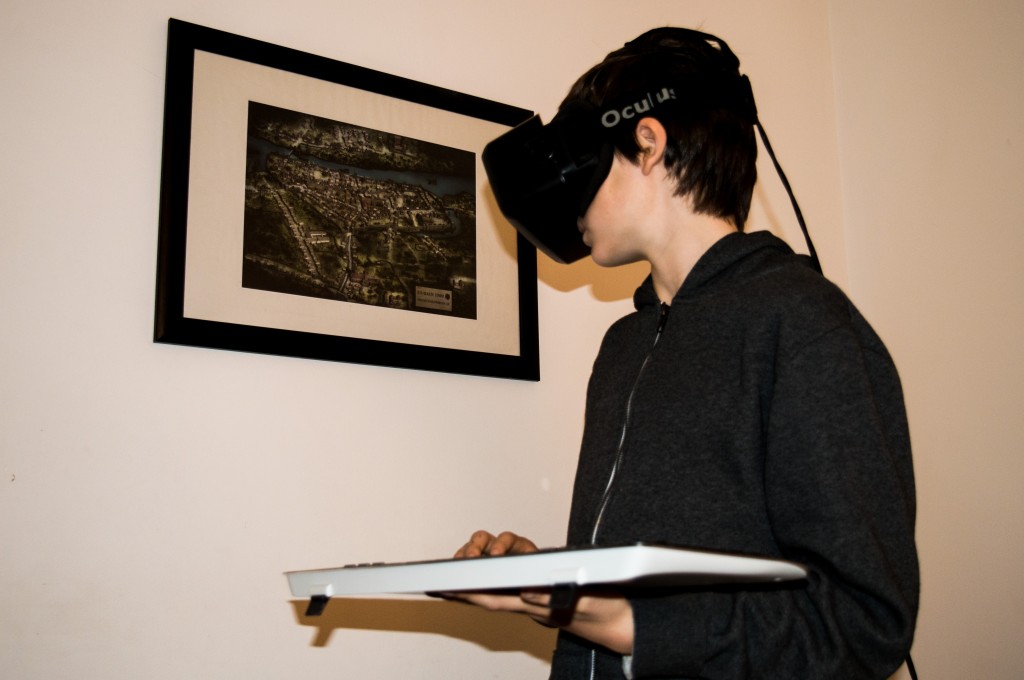Design your header here as a part of your layout. You can also download header templates from the Visual Composer Hub.

Our friend Matt from Fusio recently lent us his Oculus Rift to play around with for a while. Coincidentally, at the same time, we were just beginning to dust down our Abbey Theatre 1904 project that has come live again.
For the initial Abbey project we created an accurate (as could be) 3D model of the theatre as it was on opening night in 1904. Klemens had created a Unity (Virtual Reality) scene with it, so we decided to test it within the Oculus and see what all the fuss was about.
The results were astounding. We already knew every nook and cranny, every point and polygon, of the theatre, but it was only when we put on the Oculus Rift headset that we appreciated the scale and sense of space within it. One after another, the team donned the headset and the reactions were all the same: ‘AMAZING!’ about sums it up. There’s nothing more powerful than this full immersive experience for visualising a space. Wearing the headset we were transported to the front row of the Abbey in 1904. Rows of tiered seating extended back to the rear of the theatre, the lights and floorboards of the stage seemed only an arm’s reach away and we could clearly see into the wings. With a few taps of the keyboard we were upstairs looking down at the stage, ornate lighting and central seating area from the balcony. We may have looked slightly ridiculous as we stared open-mouthed at the walls of Noho, but we were happy. We’re hoping that this year will bring some more VR work our way and we can develop the potential of this amazing tool further. In the meantime we’re really looking forward to doing some more work on the Abbey Theatre project. Behind all the fuss, the Oculus is an incredible tool for virtual heritage.Design your footer here as a part of your layout. You can also download footer templates from the Visual Composer Hub.